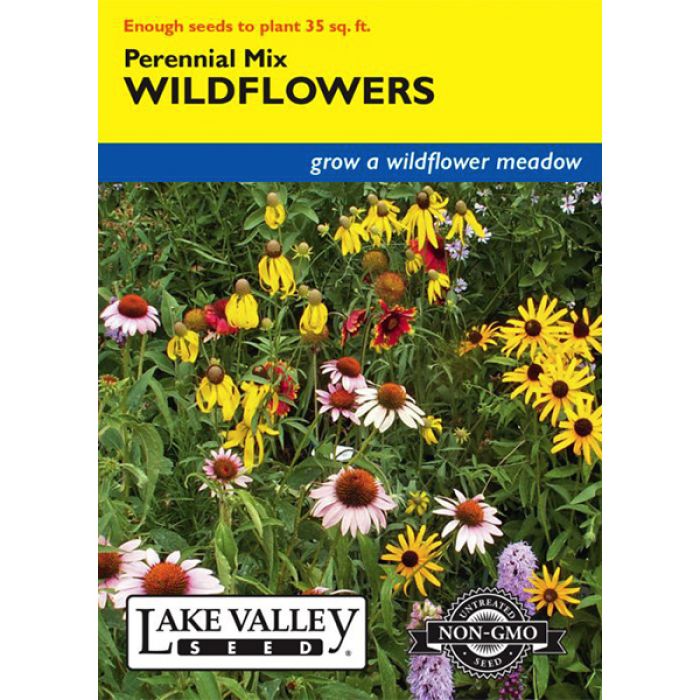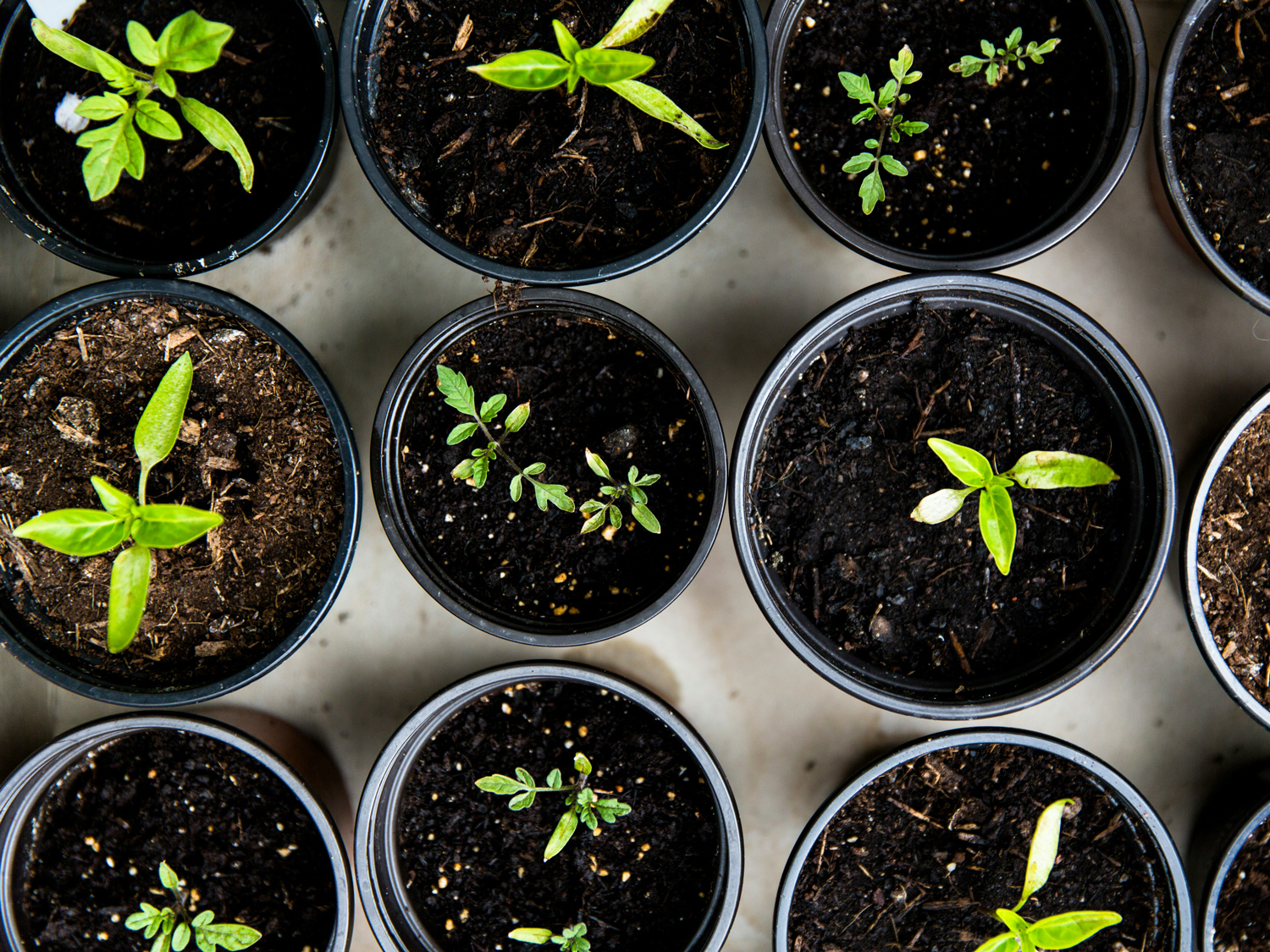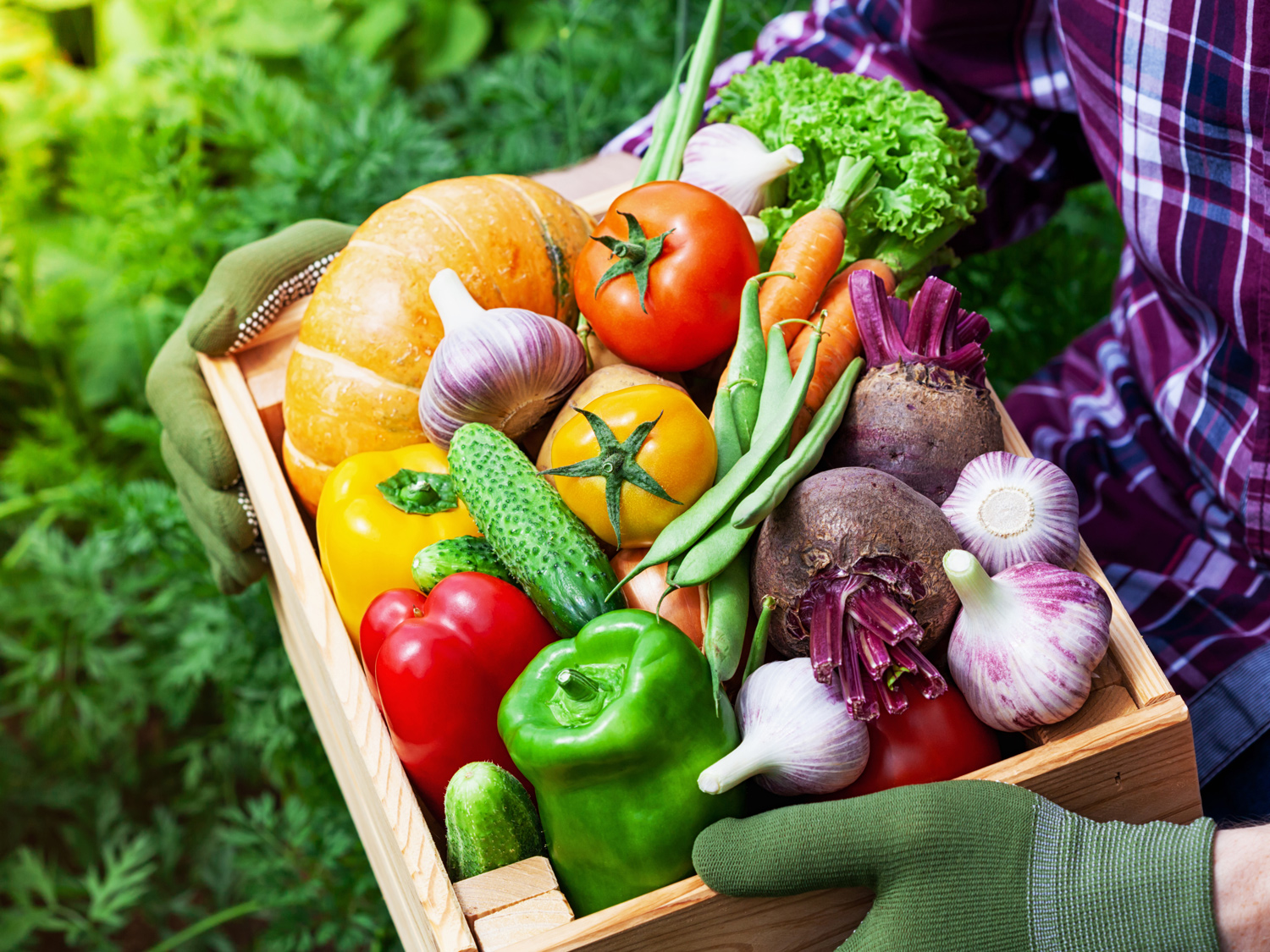Mix, Wildflowers, Perennial Mix, 3g


- Sun Preference
- Full-Sun, Part-Sun
- Bloom Time
- Spring, Summer
Description
Mixed varieties
Height: 1-4′ (30-122cm)
Bloom Period: spring/summer
Type: perennial
Capture the beauty of a wildflower meadow right in your own yard with this mixture of perennial flowers native to and naturalized in North America and Europe. Expect the best showing in the second season and successive years as plants establish themselves and mature.
Seed Starting Successfully
Start your garden from scratch with Gertens' wide variety of seed packets! Whether you're a seasoned gardener or just starting out, we have seeds for every skill level and garden size. From colorful flowers to delicious vegetables, our seeds are carefully selected for their quality and performance.
Details
Planting & Harvesting
Seed Depth: 1/4″ (6mm)
Spacing: scatter
Sprouts In: 5-20 days
Thinning: thin as required
Plant in early spring, or fall to spring in mild climates. Remove weeds and grass from planting area. Loosen soil with rake or shovel. Scatter seeds thinly over area and rake them into top 1/4″ of soil. Keep soil evenly moist until seeds germinate. A light mulch is helpful in dry areas.
Contains:
16% Siberian Wallflower
16% Perennial Lupine
12% Purple Coneflower
11.5% Blue Flax
11% Lance Leaved Coreopsis
7% Russell Lupine
6% Shasta Alaska Daisy
6% Sweet William
6% CA Orange Poppy
Less than 5% each for a total combined mix of 8.5%:
Blanket Flower
Gaura
Prairie Coneflower
Black-Eyed Susan
Lavender Hyssop.
More Information
| Brand | Lake Valley Seed |
|---|---|
| Seed Packet Type | Flowers |
| Common Family Name | Assortment/Mix |
| Sun Preference | Full-Sun, Part-Sun |
| Deer Resistant | No |
| Bloom Time | Spring, Summer |
| Plant Life Cycle | Perennial |
| Spacing Between Rows | scatter |
| Spacing in Row | thin as required |
| Planting Depth | 1/4" |
| Days to Germination | 5-20 days |


